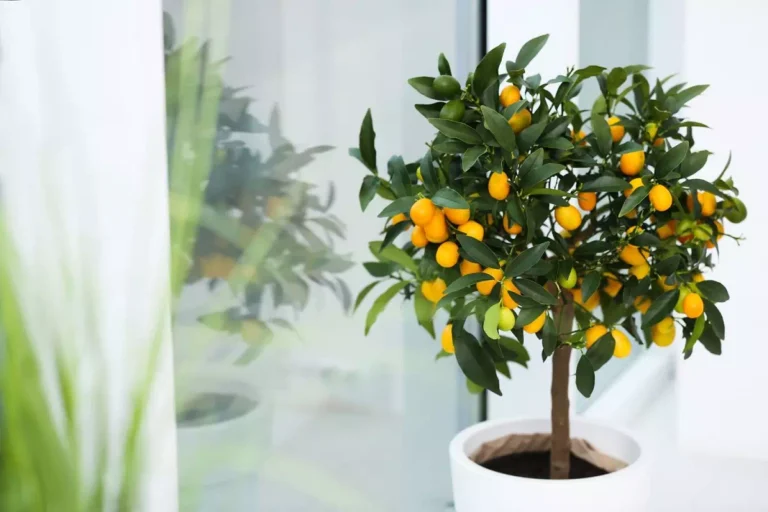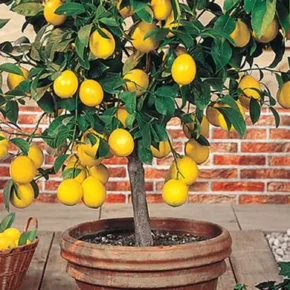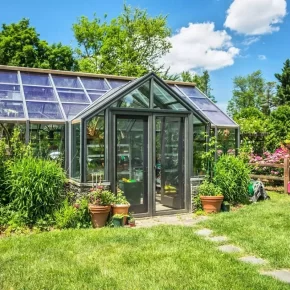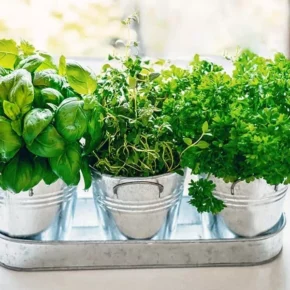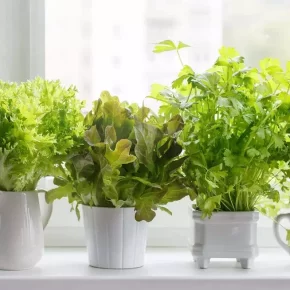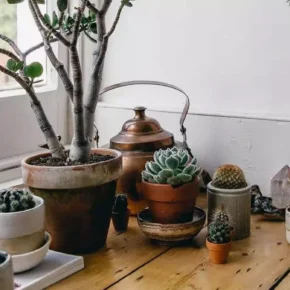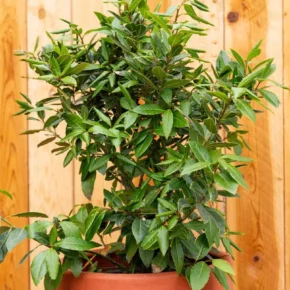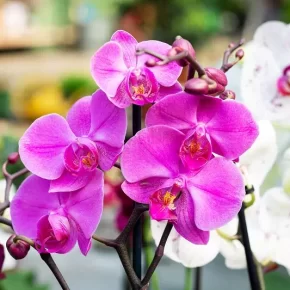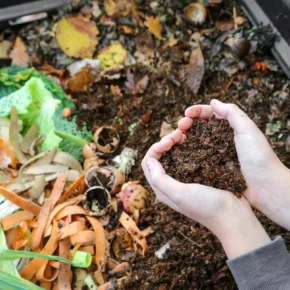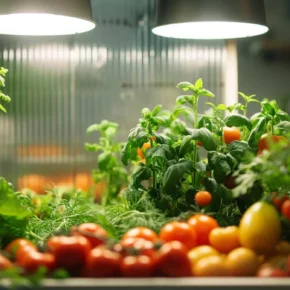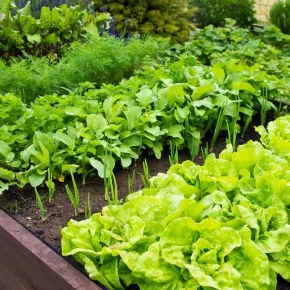Growing citrus at home can be not only an exciting hobby, but also a way to get fresh fruit all year round. Citrus trees such as lemons, oranges and limes can be grown successfully in pots indoors with basic care.
1. Choosing a plant for growing at home
The most suitable for home cultivation are:
- Lemon (the Meyer variety is especially popular, which has a compact size);
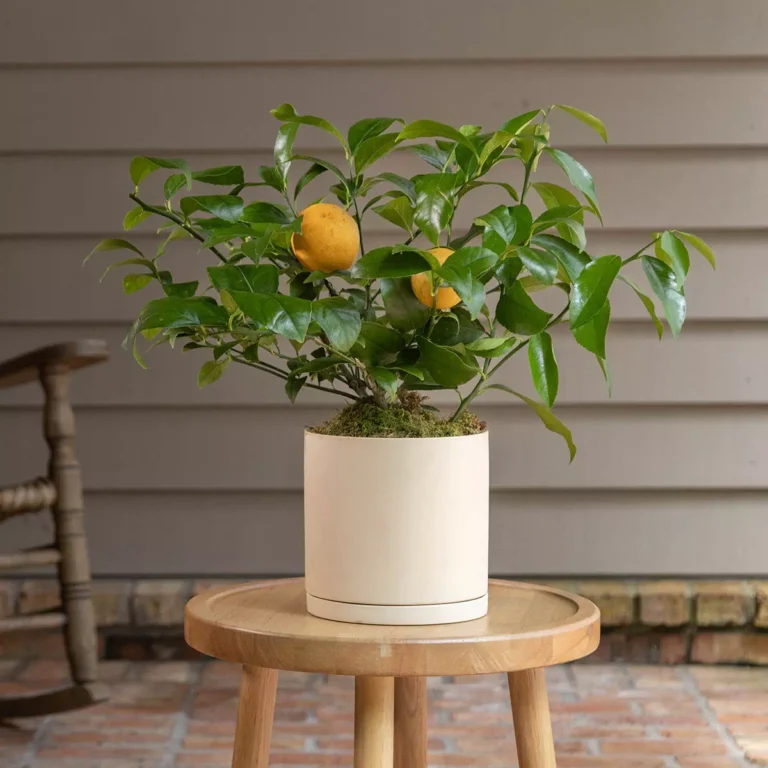
- Orange (Dwarf or sour varieties, such as Calamondin);
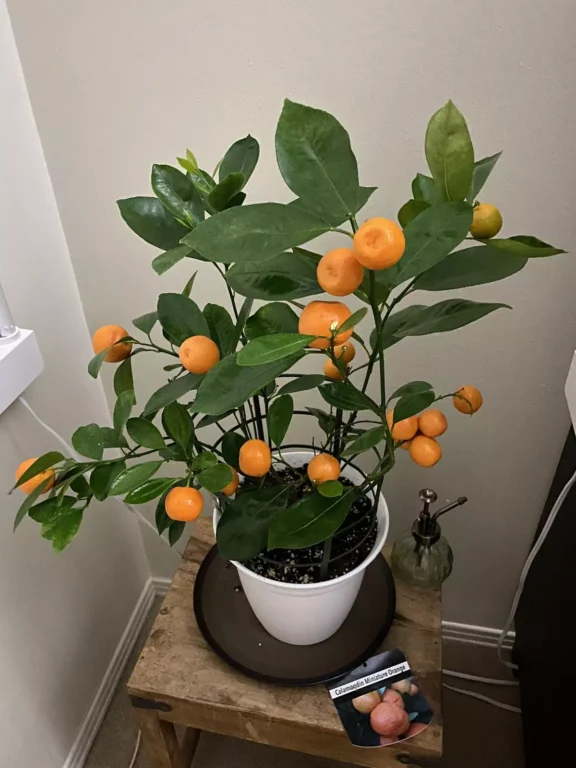
- Lime (especially Mexican or Tahitian lime).
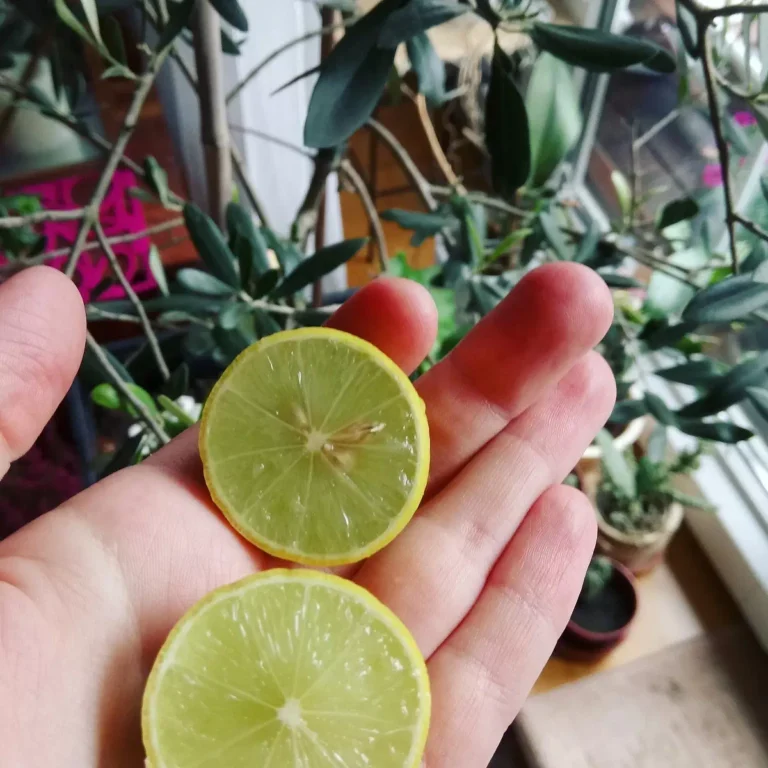
These varieties are well adapted to indoor conditions and do not take up much space. Some types of citrus, such as grapefruit, can grow too large, making them less suitable for apartments or homes with limited space.
2. Lighting and temperature conditions
- Lighting : Citrus needs a lot of sun, so it is best to place them on a windowsill with bright lighting (south or southwest). In winter, you can use lamps for supplementary lighting to provide plants with 10-12 hours of light.
- Temperature : The ideal temperature for growing citrus indoors is between 20 and 25°C during the day and around 15-18°C at night. In winter, it is advisable to keep the plant in a cooler place with a temperature of 12-15°C, which will promote flowering and fruit formation in the spring.
3. Choosing a pot and soil
- Pot : It is important that the pot has good drainage. For young plants, choose a small pot, and over time, transplant into a larger one to avoid water stagnation.
- Soil : Use a light, well-drained soil enriched with perlite or sand. Special soil mixes for citrus are ideal because they have balanced acidity.
4. Watering and humidity
- Watering : Citrus trees do not like excessive moisture. It is necessary to water when the top layer of the soil dries up a little. Usually it is 1-2 times a week in summer and less often in winter.
- Humidity : Maintain humidity at 50-60%, especially in winter when indoor air becomes dry due to heating. For this, you can use a humidifier or put the pot on a pallet with wet pebbles.
5. Nutrition
Citrus trees need regular feeding, especially during the period of active growth (spring and summer). Use special fertilizers for citrus fruits that contain nitrogen, phosphorus, potassium and trace elements. Fertilizing should be done every 2-4 weeks in spring and summer, and reduced to once every 1-2 months in autumn and winter.
6. Crown formation and pruning
To maintain a compact tree shape and promote better flowering, prune once a year. Remove dry and damaged branches, as well as those growing inside the crown. Crown formation helps distribute light and air evenly, which is important for healthy growth.
7. Pollination
Indoors, citrus needs help with pollination. During flowering, use a soft brush to transfer pollen from one flower to another, which will help fruit formation.
8. Possible problems and their solutions
- Yellow leaves : This can be a sign of iron or nitrogen deficiency. Use fertilizers with trace elements for correction.
- Dropping of buds : May occur due to lack of light or too dry air. Check the lighting and humidity.
- Pests : Common pests include spider mites, scale insects, and whiteflies. Inspect plants regularly and, if necessary, treat them with insecticides or natural remedies such as soapy water.
9. Fruits and harvesting
Citrus can bear fruit 3-5 years after planting. Ripe fruits are easily separated from the branch and have a bright color. The fruits can be left on the tree for a few more weeks for a better aroma.
Growing citrus fruits at home is a great way to add a touch of exoticism to the interior and get fresh fruit with your own hands. By following the rules of care and providing the plants with the right conditions, you can enjoy the beauty of citrus fruits and their aromatic fruits right in your home.

